MXS 5.0 POWER KIT
-
MXS 5.0

MXS 5.0
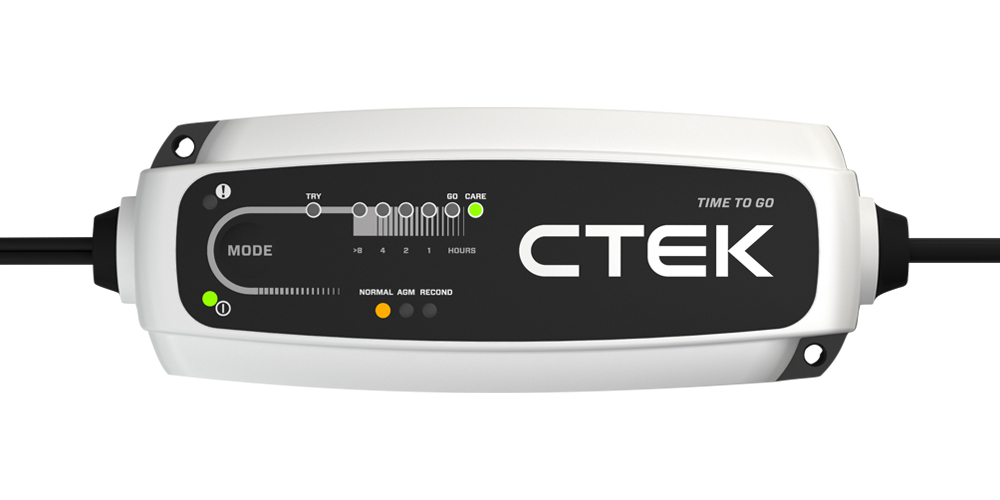
Countdown Timer and Start Indicator
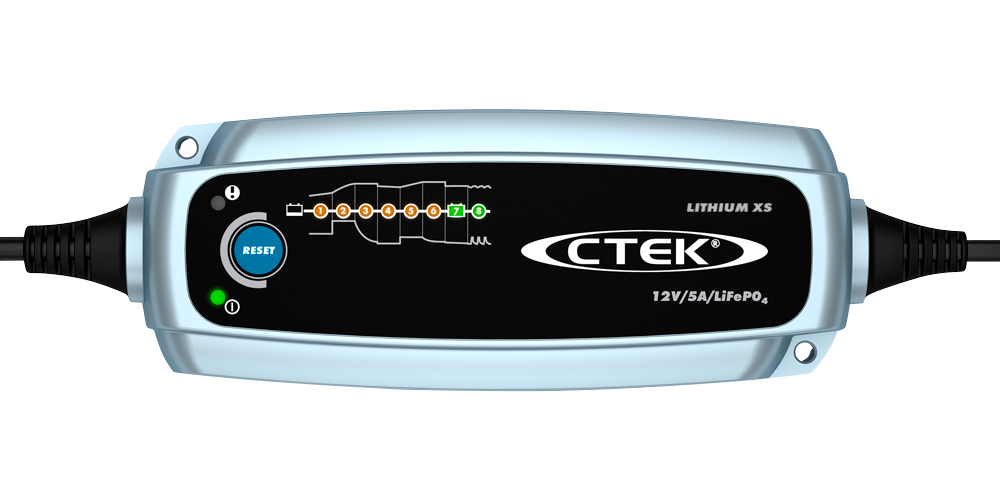
Dedicated Lithium Battery Care
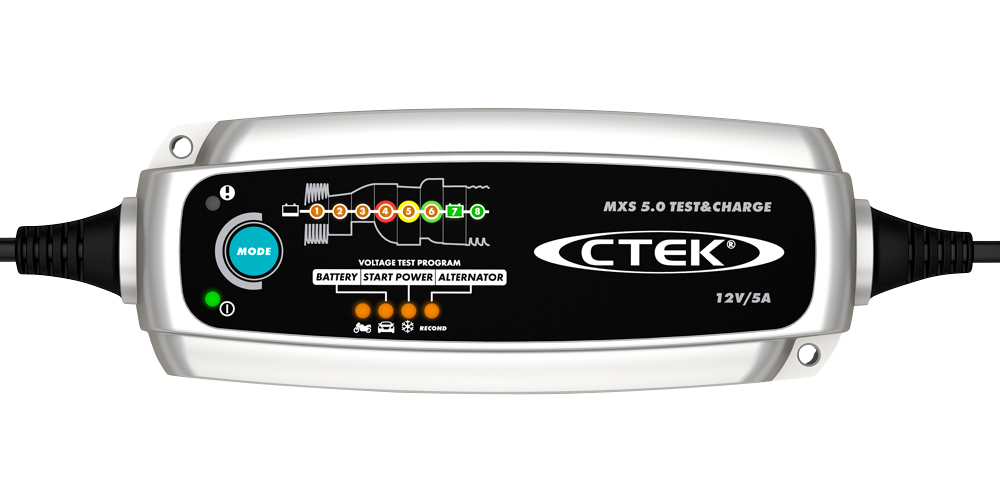
Tests Battery and Alternator

Complete power management system

Advanced 5A battery charger with countdown timer and start indicator
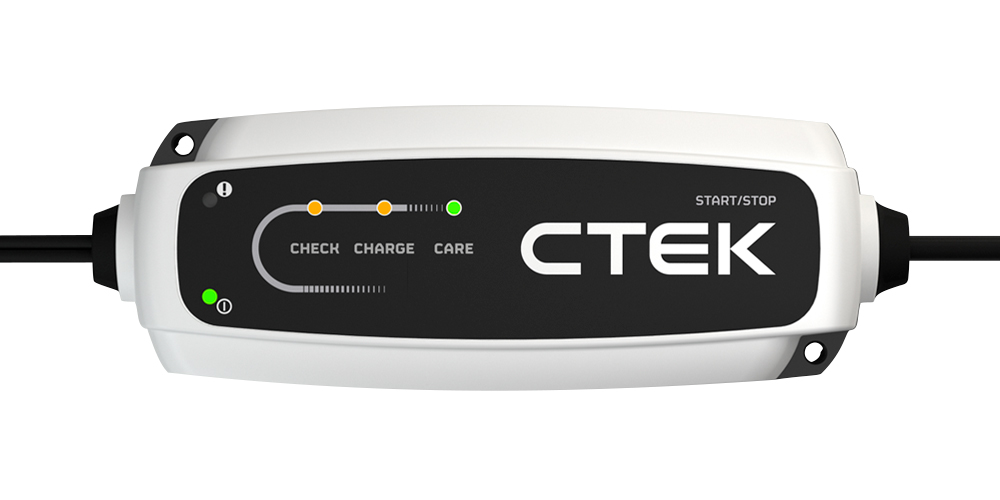
Maximise start-stop efficency

Solar power for your CS FREE

Allows tidy cable and clamp storage

Carry and store your battery charger safely and securely

Enables your CTEK charger to be placed further away from the battery or the vehicle
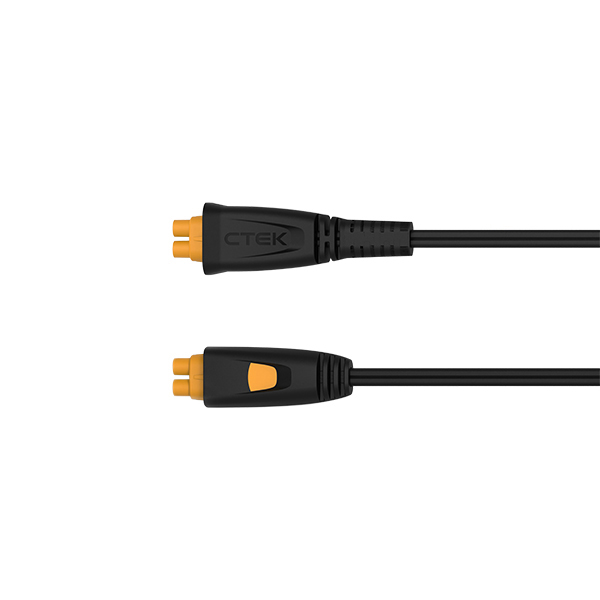
Designed for use with your CS ONE charger

A permanent connection for hard-to-reach batteries
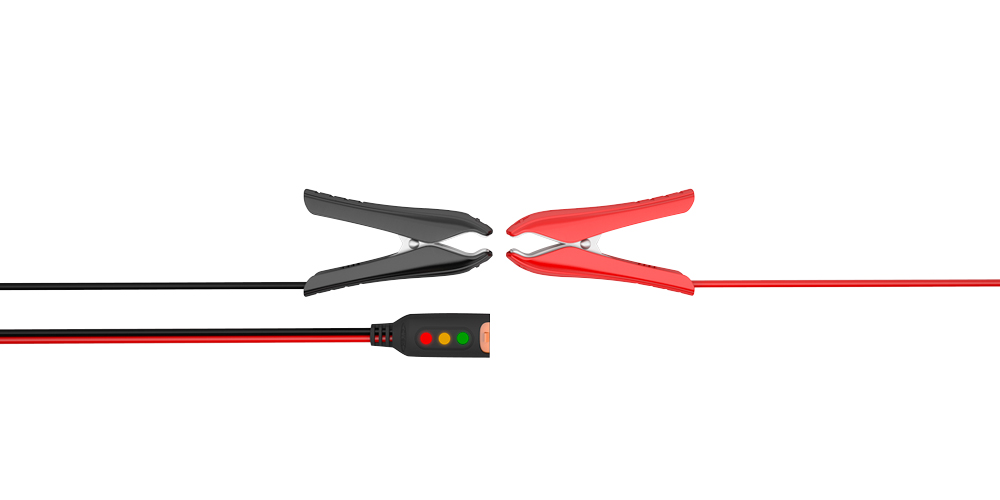
Easy to use LED indicator that lets you quickly check the state of your battery
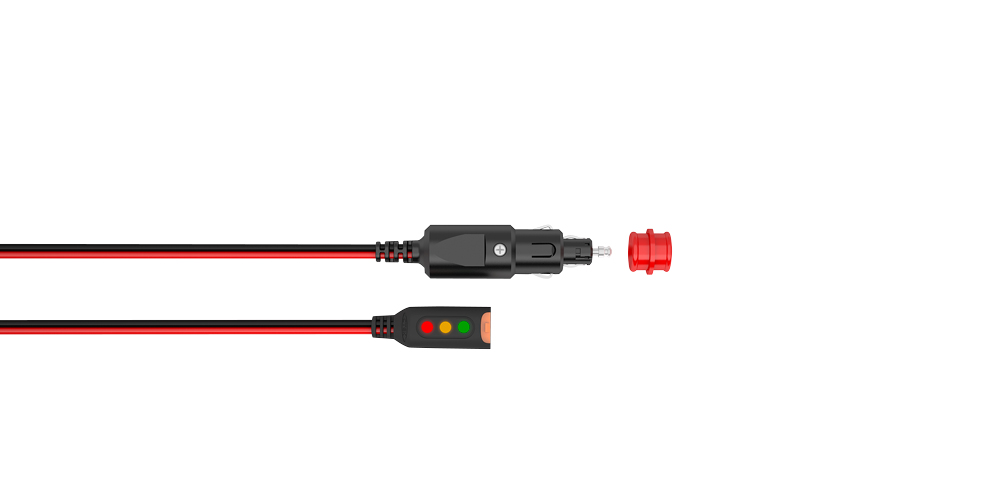
LED Indicator to show the level of battery charge using your vehicle’s 12V cigarette lighter or accessory socket
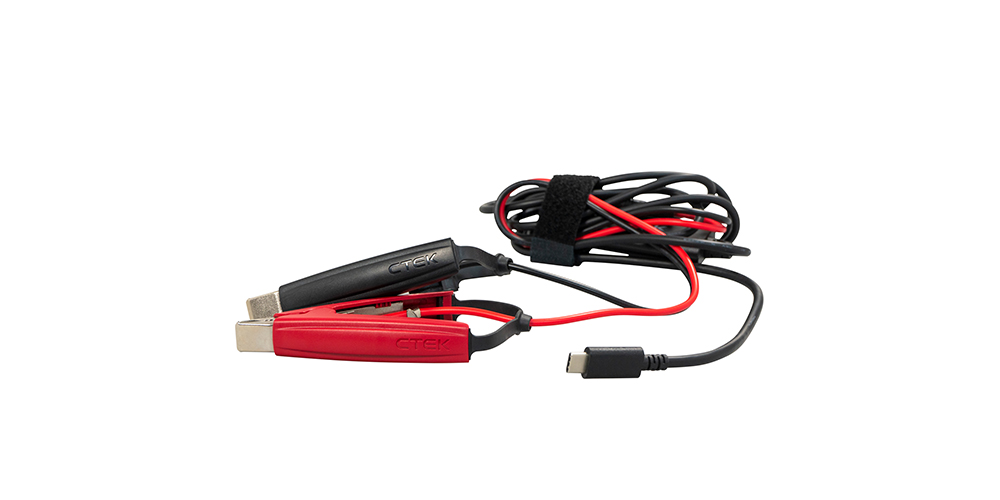
Power your CS FREE anywhere using your 12V service battery

Charge your CS FREE’s internal battery through your vehicle’s 12V accessory socket
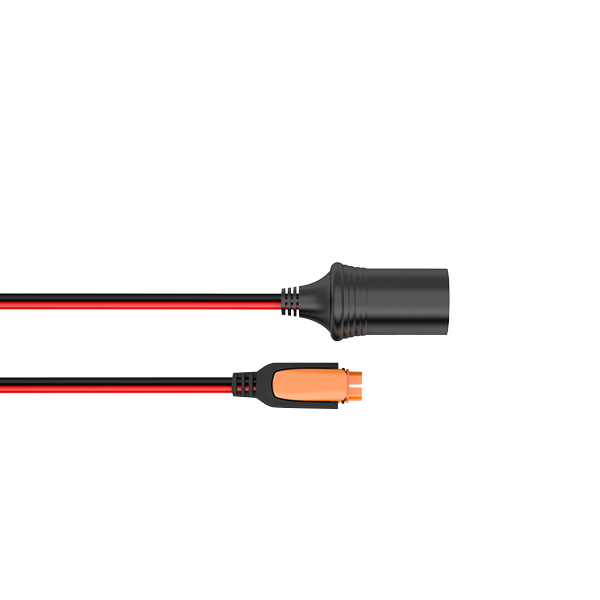
Use your battery to power your electrical devices

Compatible with CS ONE and CS FREE, to hold your charger securely.

AC cable with EU plug for MXTS 70/50 and MXTS 40
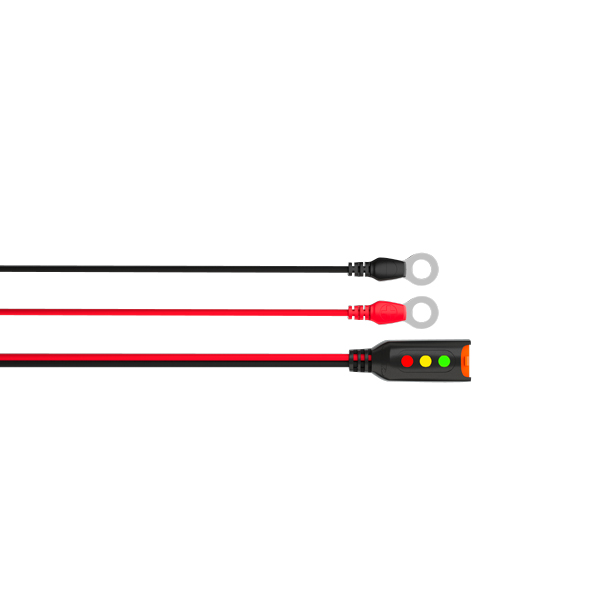
Eyelet connection
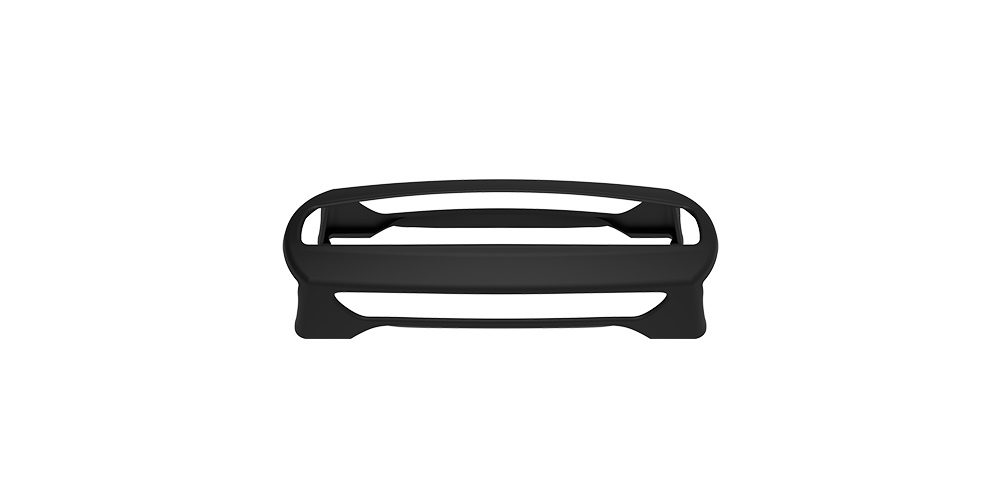
Provides strong defence for your CTEK CS ONE
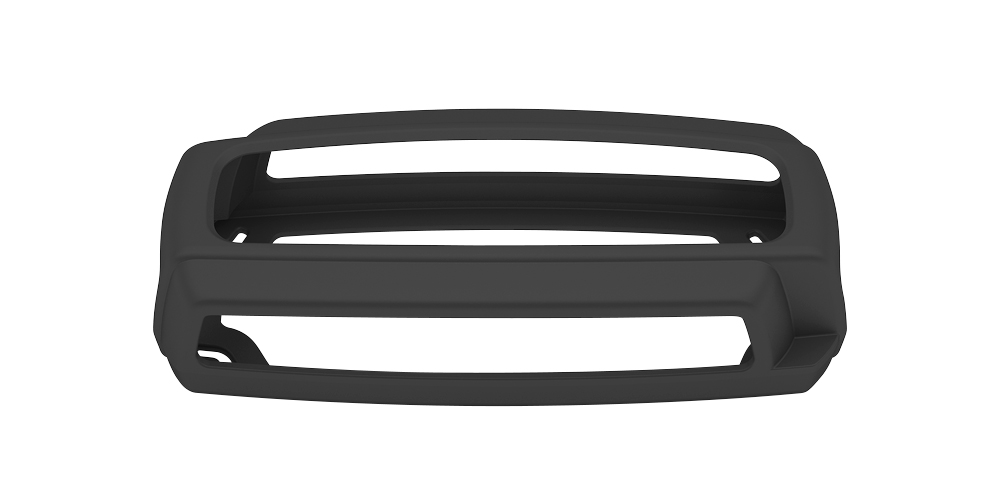
Compatible:
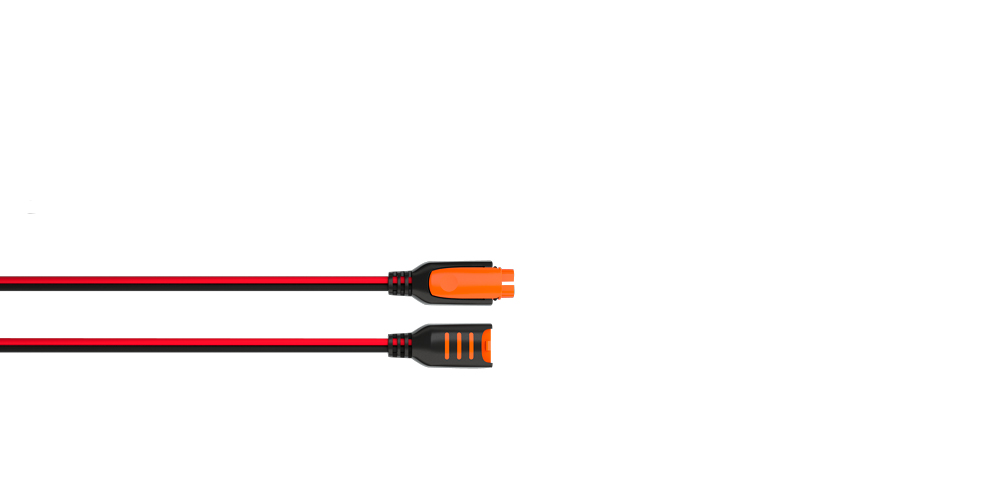
Enables your CTEK charger to be placed further away from the battery or the vehicle
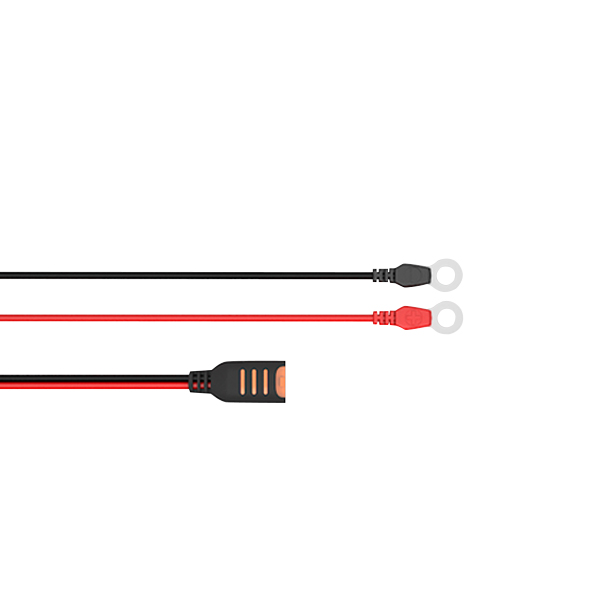
Secure connection:

1.7m temperature sensor cable for MXS 10
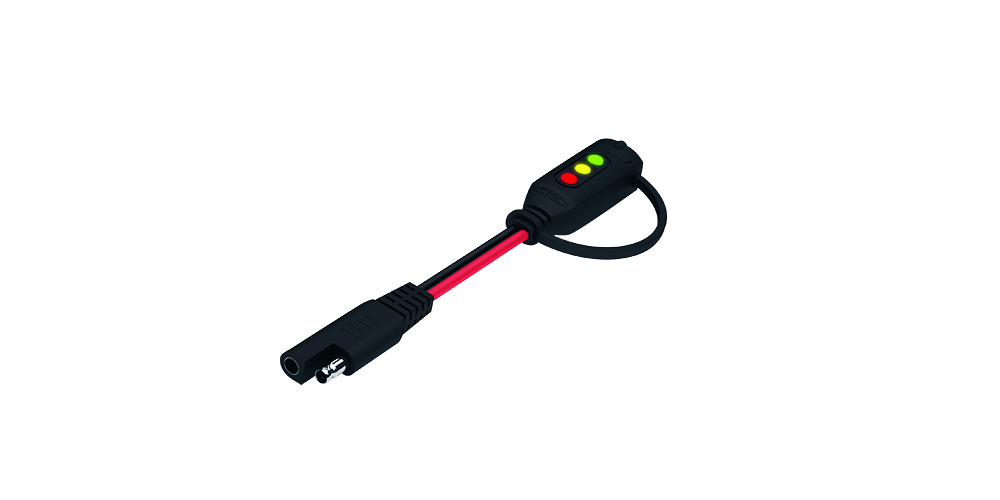
Easy to use LED battery charge level indicator for batteries with SAE pigtail connectors
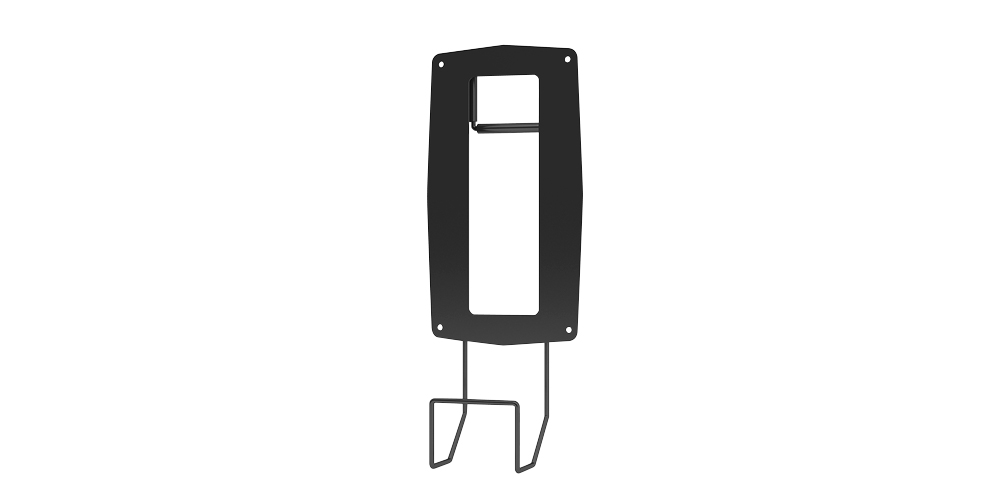
Wall mounting or portable storage for the PRO25-series and MXT 14

Works with all 12V lead-acid batteries, and with CTEK chargers up to 10A
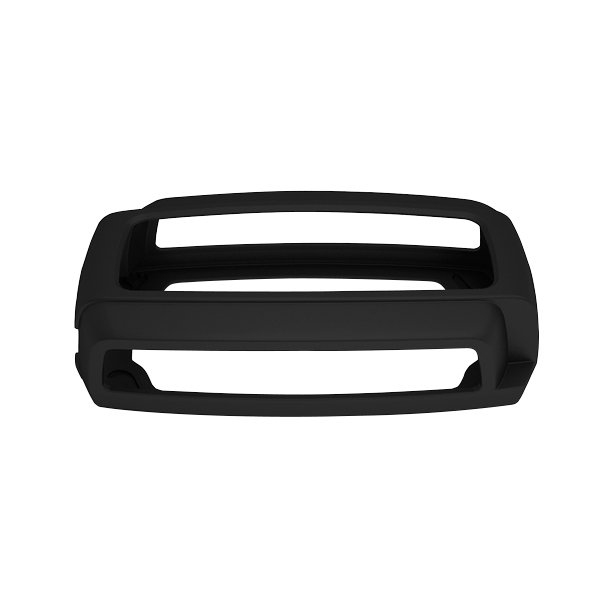
Fits CTEK 10 A charger
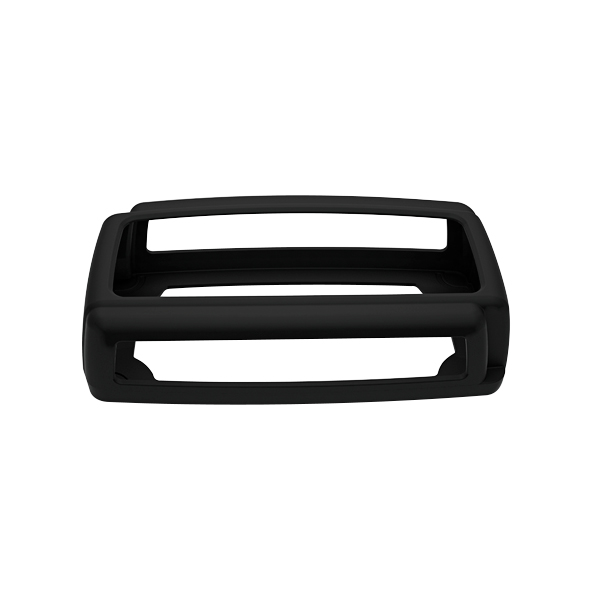
Fits CTEK 7 A chargers
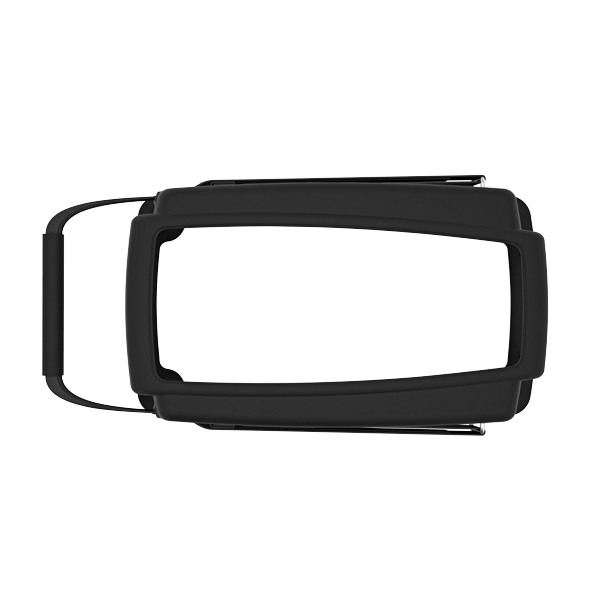
Suitable for use with all CTEK’s 300W chargers. PRO25S, PRO25SE, MXT14, PRO15, M15, M25.

Mobile trolley for chargers, laptops and batteries

Works with all 12V lead-acid batteries, and with CTEK chargers up to 10A

Compatible:
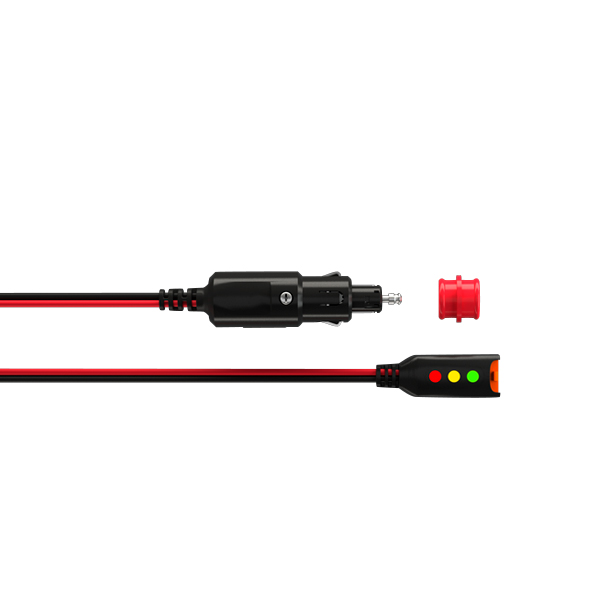
Compatible:
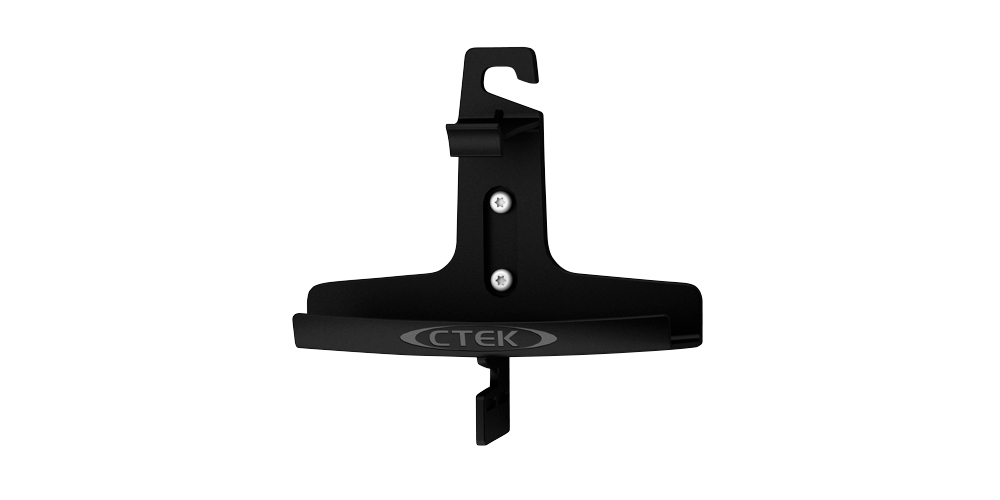
Tough and Durable

Secure connection:
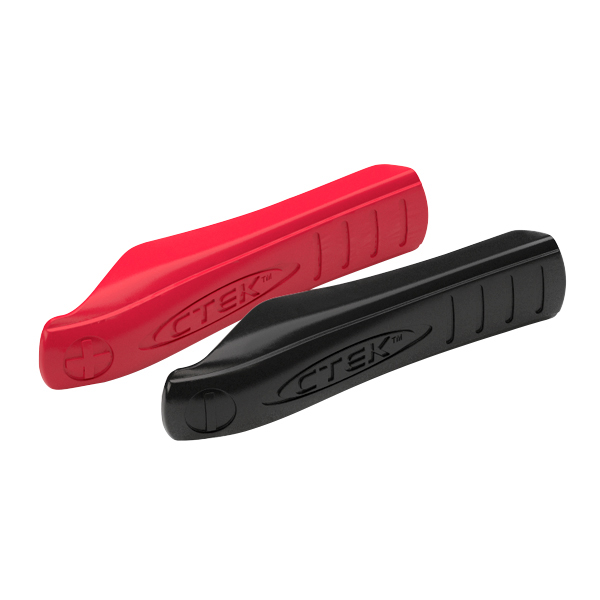
Replacement positive and negative terminal clamp shells
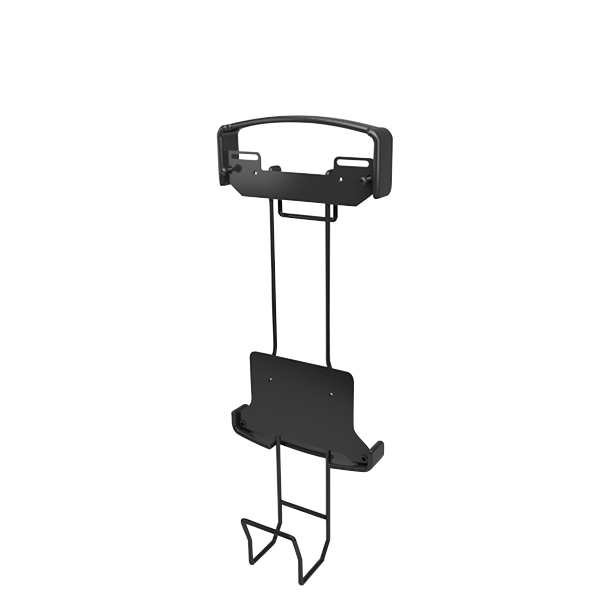
Wall mounting or portable storage for MXTS 40, MXTS 70/50
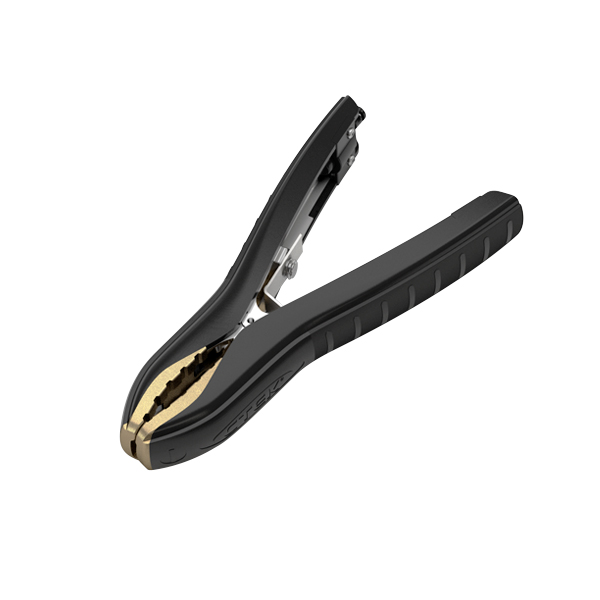
Replacement negative terminal clamp for PRO60 and PRO120
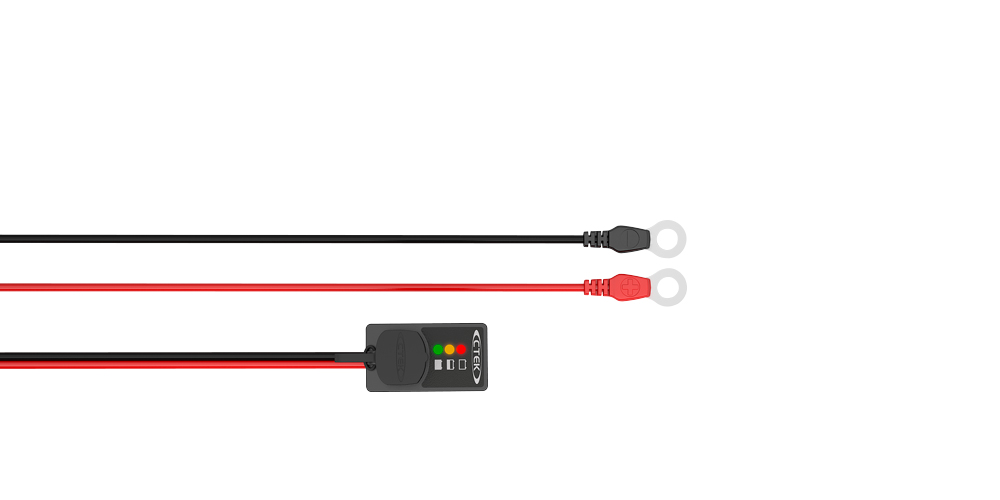
Compatible:

Secure connection:
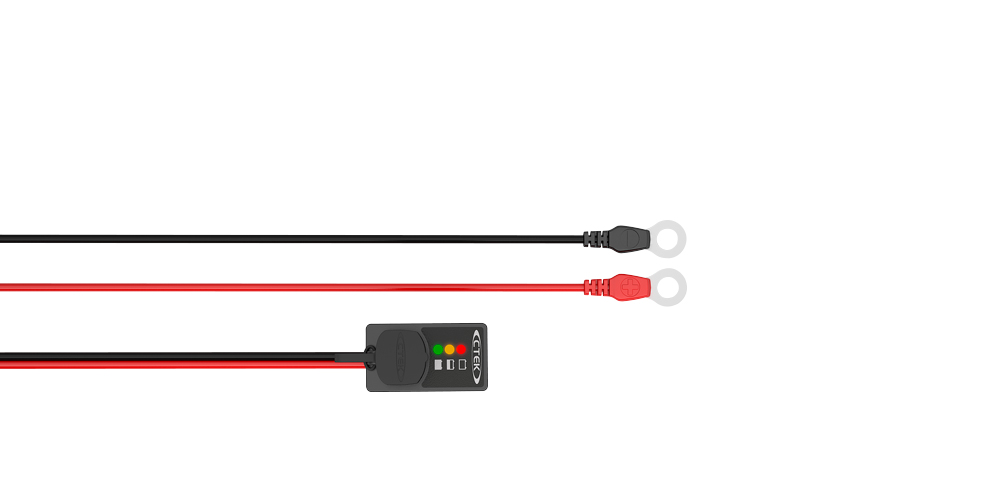
Easy access for checking those ‘hard to get to’ batteries
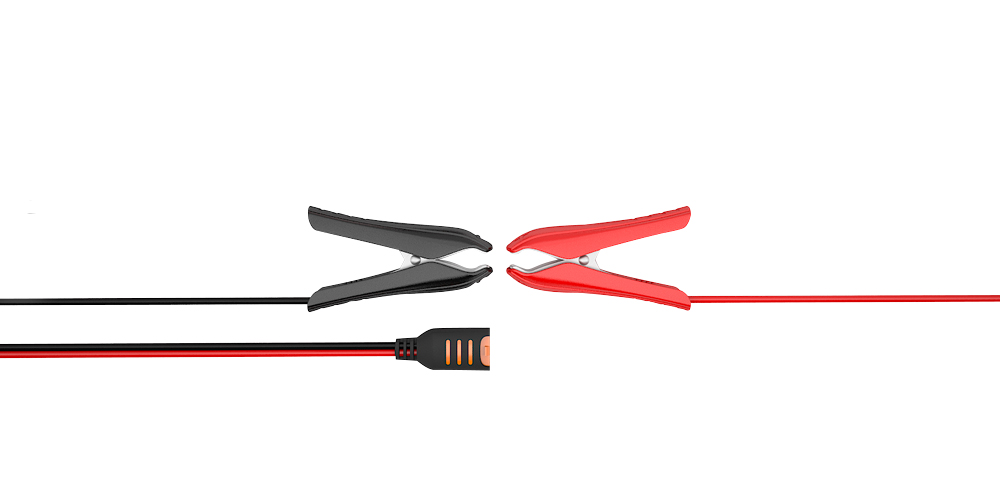
A practical, quick and easy way to connect your CTEK charger to your battery

Connects charger to XLR input on lead acid batteries

Quick and easy way to connect your CS ONE to your battery
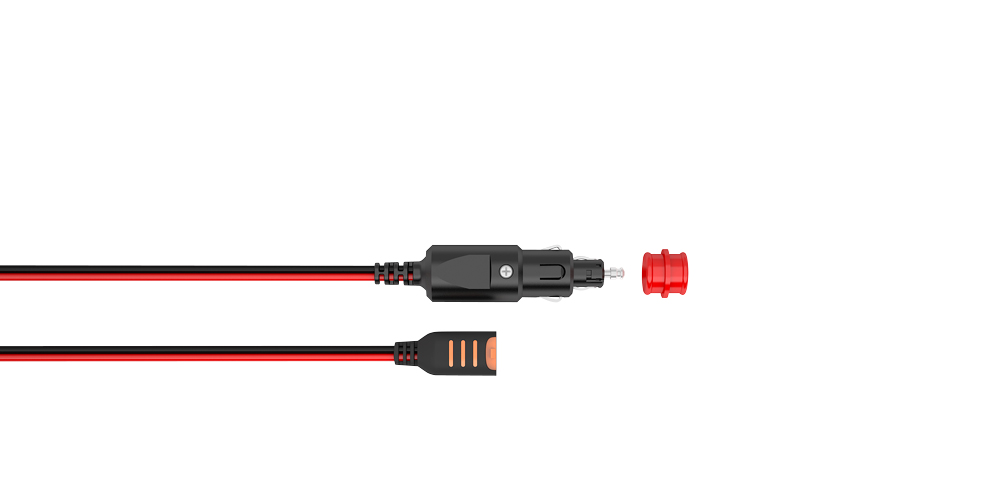
Permanent connection

Replacement charging cables for CTEK MXTS 70/50 with clamps and temperature sensor
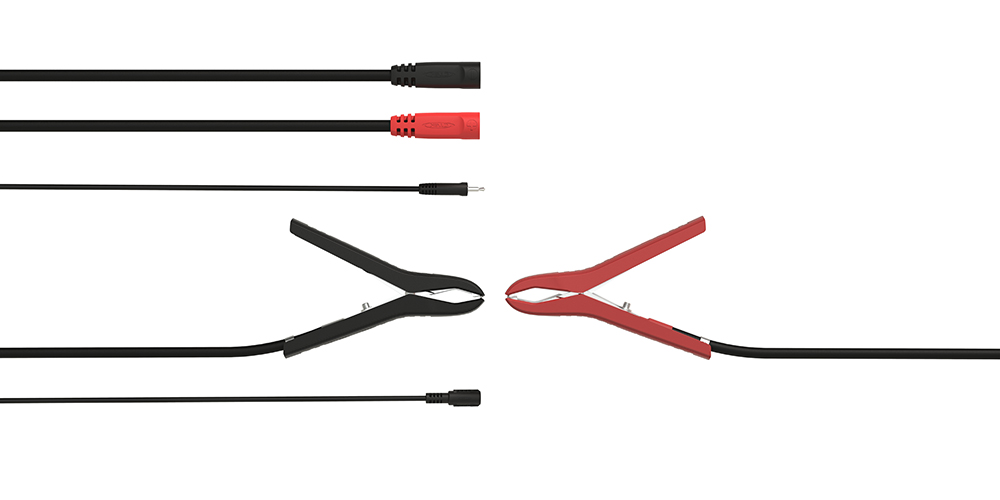
Replacement charging cables for CTEK MXTS 40 with clamps and temperature sensor

Replacement charging clamps, designed for use with CTEK PRO25 & MXT14
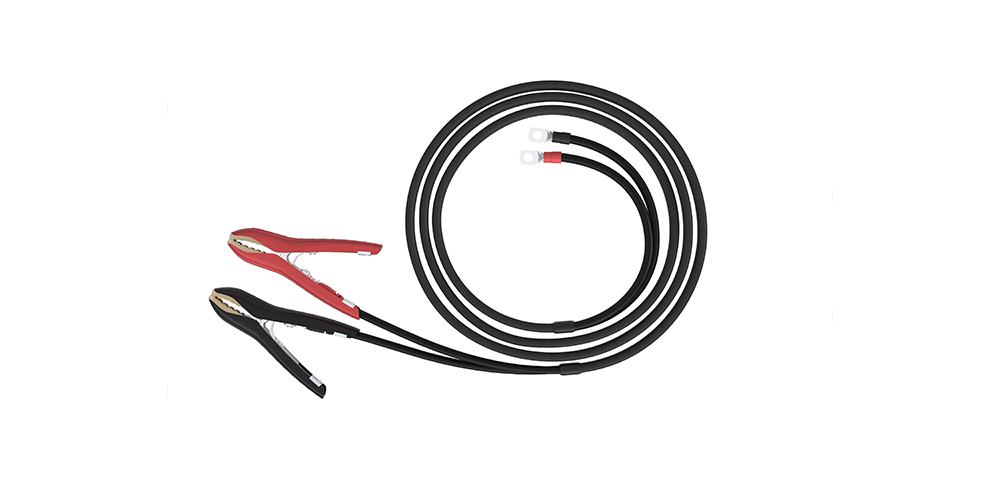
Replacement charging cables for CTEK PRO60 with clamps
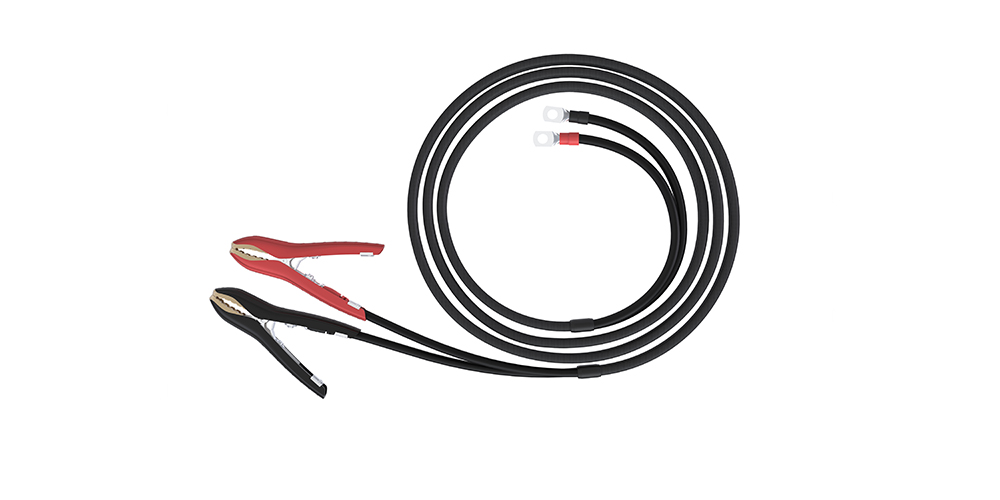
Replacement charging cables for CTEK PRO120 with clamps

Solution for automotive shops and dealers to simplify the charging experience for their customers

Solution for powersport shops and dealers to simplify the charging experience for their customers